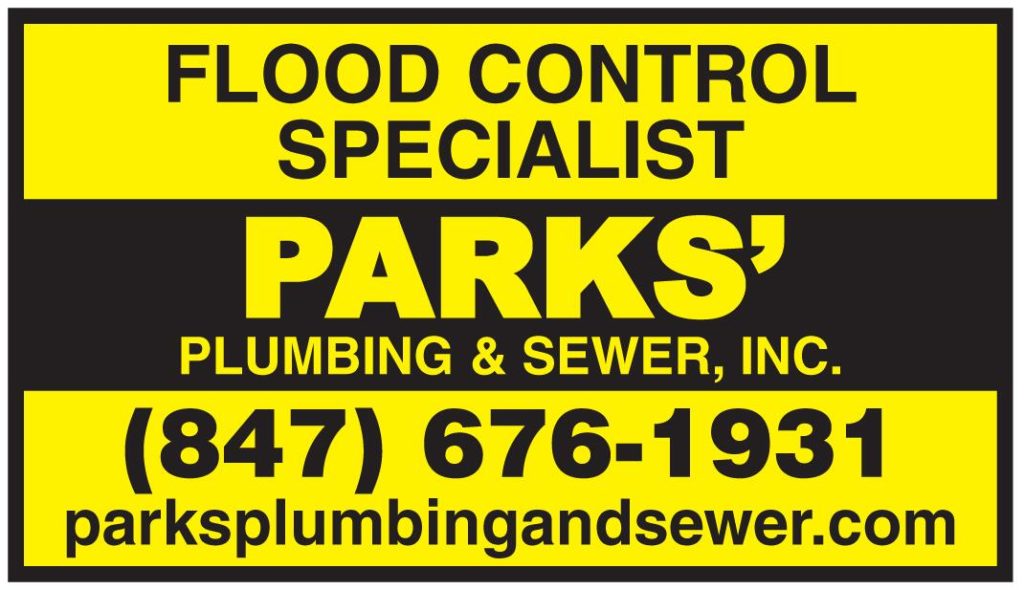Over the last several years, the Village of La Grange has experienced multiple high intensity rain events that exceeded the limited capacity of the Village’s sewer system resulting in flooded basements, overland flooding, and private property drainage issues. Parks’ Plumbing is pleased to offer residents our expert solutions to address yard drainage problems, sewer backup, our patented Double Guard flood control systems, and overhead sewer installations.
La Grange, Illinois is a western suburb of Chicago about 13 miles west of the Chicago Loop. The population was 15,550 at the 2010 census.
The area around La Grange was first settled in the 1830s, when Chicago residents moved out to the west due to the rapid population increase in the city in the decade since its incorporation. The first settler, Robert Leitch, came to the area in 1830, seven years before the City of Chicago was incorporated.
The village was officially incorporated on June 11, 1879. It was founded by Franklin Dwight Cossitt who set out to build the ideal suburban village – laying out streets, planting trees, donating property for churches and schools, and building quality homes for sale. He also placed liquor restrictions in the land deeds he sold to prevent the village from becoming a “saloon” town.
When Cossitt began his development, the area was served by a post office known as Kensington. But upon learning of another community already with that name in Illinois, Cossitt decided to name his town in honor of La Grange, Tennessee, where he had been raised as a youth. However, today Kensington remains the name of one of the village’s major avenues.
After the Chicago Fire of 1871 destroyed much of that city, thousands of Chicagoans sought new homes and opportunities far from the city’s ills but within a convenient commute. La Grange was ideally situated to accommodate them. La Grange still retains a strong sense of community, with historic homes, traditional downtown business district, schools, parks, and public transportation, all of which contribute to the community’s character, quality of life and economic vibrancy.


